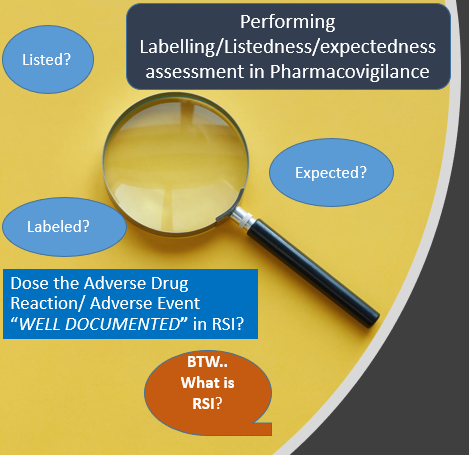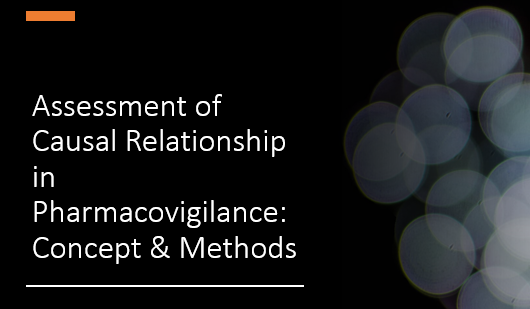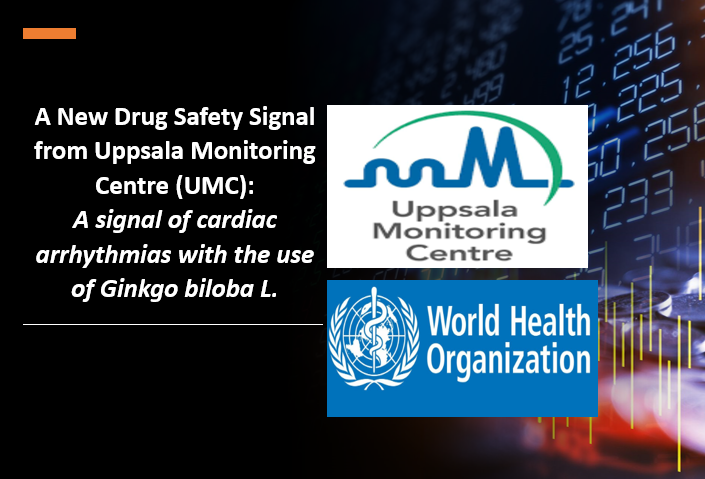Assessing Labelling, Listedness, Expectedness in Pharmacovigilance: Differences & Methodology used in assessment
This concept involves determining whether any adverse drug reaction or adverse drug event is already known/already documented/already observed in subjects/patients who are under treatment with the investigational/marketed medicinal product. It determines the expeditious nature of an ICSR (Individual case safety report) by formulating the regulatory due timeline for submission to health authority (7/15 days). For…


